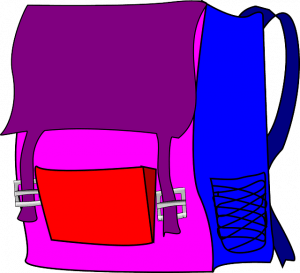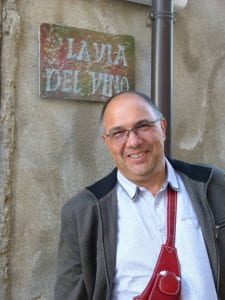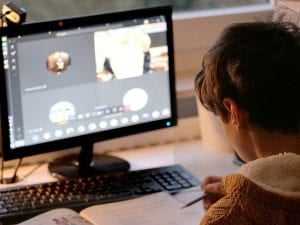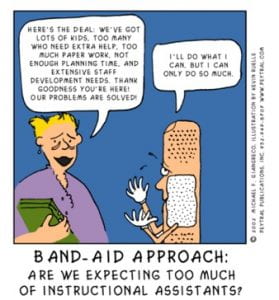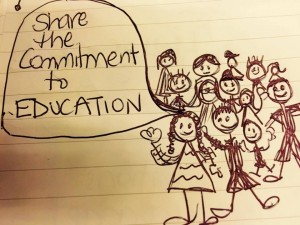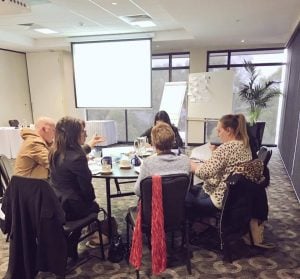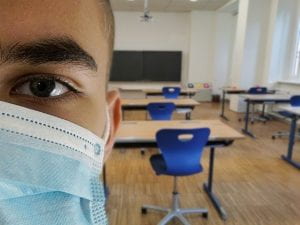
Back to school
This week I nervously fronted up for my first face to face experience in over two years. It was a session with approximately 100 Year 11 students who were taking part in what the school called Aspire Day. My task was to inspire them into thinking about where they want to be and what steps they might take to get there. Students have been in lockdown for the best part of two years, dealing with issues at home, with their own sense of wellbeing while also trying to keep up their education via online learning. That meant no practical classes as such, no experiments, except perhaps watching you tube videos, no physical education classes, no team sports and definitely very little time spent in person with their mates or other family members aside from those they live with.
So too did teachers.
Since returning to onsite learning this year, many schools have continued and even bolstered activities to do with wellbeing for both students and teachers. Aspire day at this particular school was one such way to bring students and their homeroom teachers together to celebrate, reflect and plan for the future.

2022
While I was nervous for the first few minutes, once I got into it, well, it’s like riding a bike as they say. I so enjoyed being with the students, moving around the auditorium (at a distance of course). It almost felt a little unreal. So many faces looking at you directly, at least for the most part. At times some of them would close their eyes, flop down into their chair, become distracted around their mates, but hey, so would I after so long in front of a screen. It didn’t bother me as I had most of them in my sights, lots of nodding and smiling and recognition amongst the 100 strong crowd. Some even giggled at my jokes every now and then and raised their hands to respond to questions I asked. And, just because their eyes were resting, didn’t necessarily mean they were not listening. I’m an optimist after all. Plus, I asked them how they were feeling and they did say they were tired. All good.
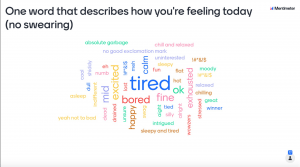
Year 11 responses
I also asked them where they see themselves in five years’ time. This is a tough question for many of us, let alone a bunch of very tired 16-17 year olds. Still, it was interesting to read their responses. Among one or two, ‘no idea’ responses we did see some very positive forward thinking: ‘successful’ (whatever that means), ‘builder’, ‘owning my own business’, ‘university’, ‘business marketing’, ‘having a full time job’, ‘rich’ to list a few. My favourite was ‘in New York’! Along with these, there were also a few concerning responses. Not surprising but worth following up by their teachers. I won’t share these here.
That said, I was reassured that after what we have all been through, and will continue to experience, our students are a shining light. They have dreams and hopes. We never gave up on them and all that hard work trying to keep them on track has and will continue to pay off. After all that’s why we teach, yes?
I so enjoyed the session and am looking forward to many more opportunities to visit schools and work with both staff and students.
Thanks for reading 🙂


